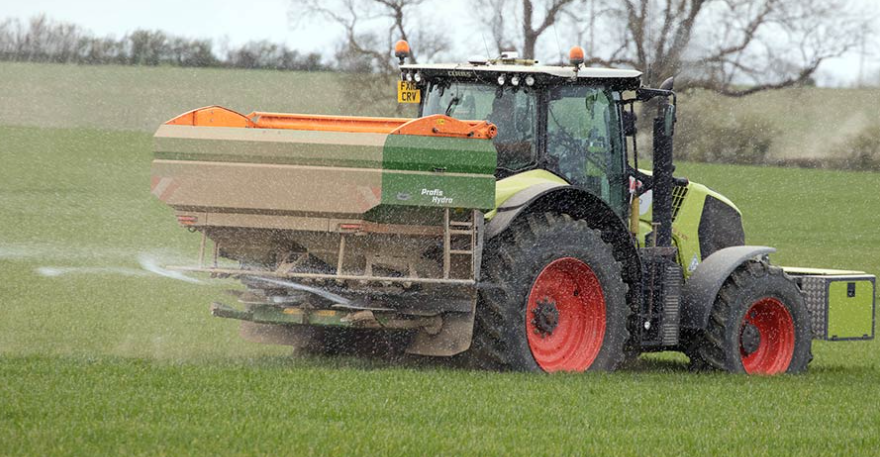Fertiliser Comparisons for 2023
After three consecutive wet seasons, fertiliser management in 2023 will be once again very important. Unfortunately, fertiliser price and availability are not expected to improve significantly in the medium term. Also, the rates required to replace the nutrients removed or lost in 2022, may lead to logistical issues transporting, storing and applying fertilisers, plus possible fertiliser burn on sensitive crops at the quantities required. The table below outlines the costs associated with different fertiliser mixtures which may be required to replace nutrients from a high yielding crop in 2022.
The prices used are estimated delivered prices for 2023, with each mixture applying approximately 100kg/ha Nitrogen, 16kg/ha Phosphorous and 25kg/ha Sulphur. It is mindful to note that this analysis has been done with historically very high fertiliser prices. Once prices revert to average levels, some differences may become evident between sources of nutrients, based on changes to demand and supply for each product. Gypsum has been costed on an annual basis, while in practice this would be applied at higher rates periodically throughout the rotation.
Mix 1
The most commonly used mix and generally the cheapest per hectare
Requires a high quantity of MAP to supply P which may lead to seedling burning, particularly of canola
Mix 2
Substitution of Gran-Am for gypsum
Gran-Am is generally a more expensive form of S and N than gypsum or Urea respectfully
Allows the ability to provide S to the crop at the exact time it is required and allows flexibility from year to year
Potentially easier to handle logistically than small tonnages of gypsum
Gran-Am does not provide any form of soil amelioration that is provided by gypsum at higher rates
Mix 3
Spreading Single super (or possibly MAP) prior to sowing allows the application of high levels of P without needing the quantity at sowing which could cause crop injury.
Topdressed P is not as available to cereal crops as it is when banded with the seed
When minimal levels of MAP are applied at sowing, it provides better efficiency of air carts when sowing canola and undersown crops due to not having to stop and refill as often, which may lead to more timely sowing of the whole programme
Spreading prior to sowing will require an additional pass
Clients who don’t usually spread Single will be required to handle and manage an additional product
Fertiliser Mix Comparisons
As the table demonstrates, currently there are very little cost differences between each mixture. Those using a disc seeder with large programmes may be more focussed on fertiliser burn and time management during sowing. Other clients growing canola on light textured soil in high rainfall environments, may prefer utilising Gran-Am to supply S to the crop as it is required to avoid leaching. The decision to select one option over another will be based on the circumstances of each grower.


